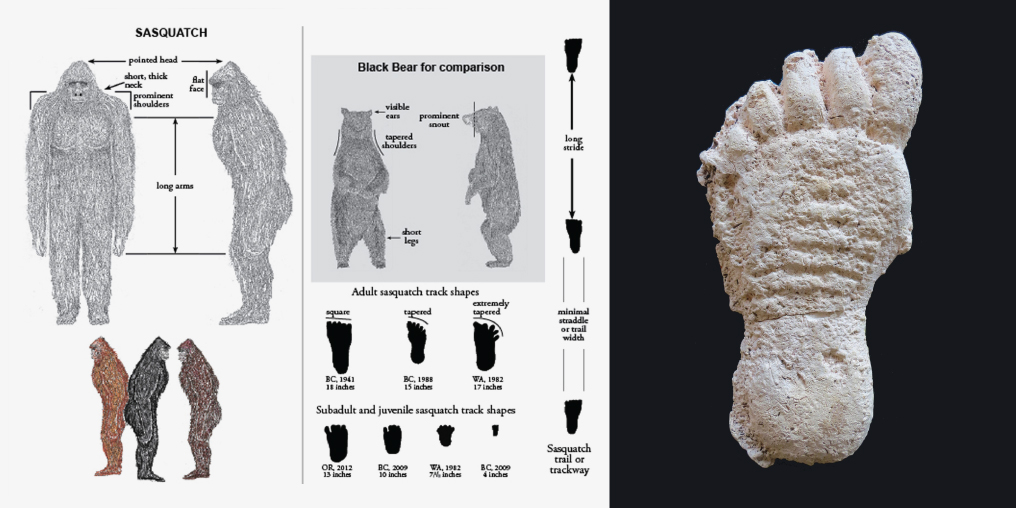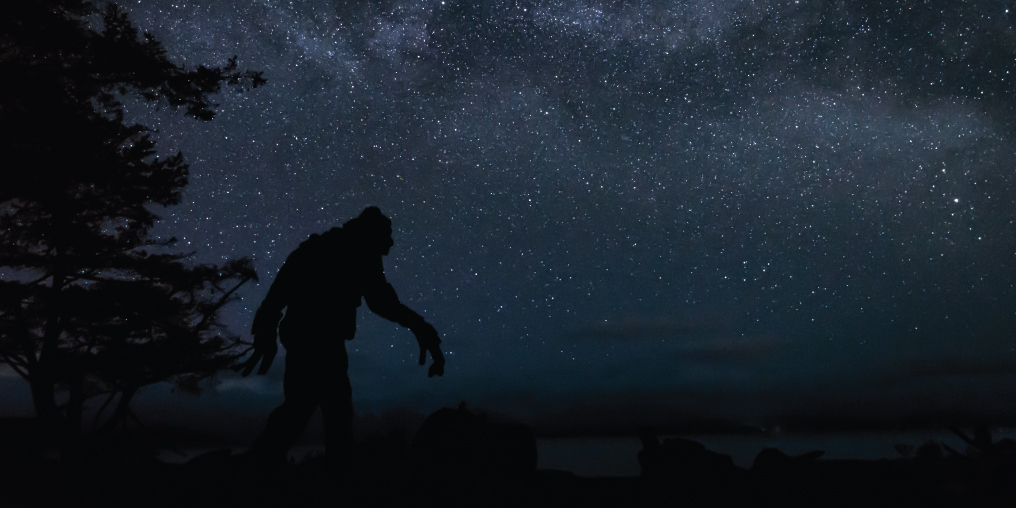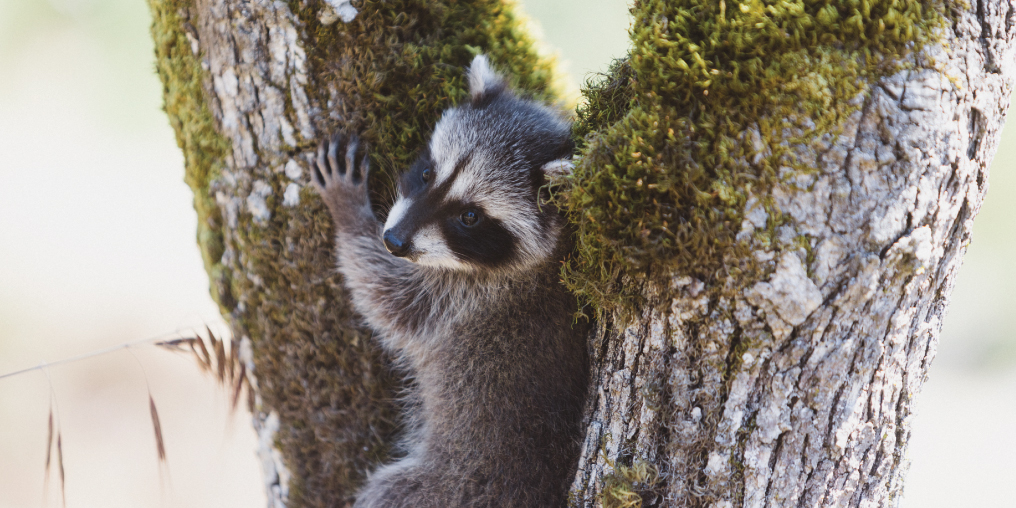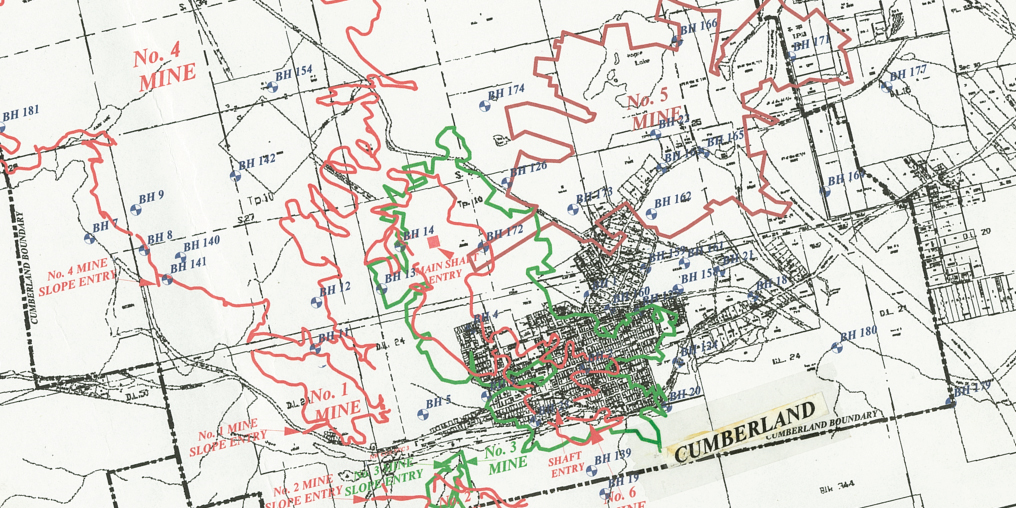Do you laugh when you hear the word sasquatch? Do you believe that sasquatches exist? Do you think that a sasquatch is just a misidentified bear, a hallucination, an imaginary being, a myth, or simply a hoax?
Or are you unsure what to think? If so, Dr. John Bindernagel (1941-2018) might have helped you make up your mind.
In 1975, after multi-year assignments in Uganda and Tanzania as a wildlife biologist serving with the United Nations Food and Agriculture Organization (UNFAO), John decided to seriously pursue sasquatch research. Based on historical accounts, northern Vancouver Island was one of two areas in British Columbia worthy of attention. The other was Harrison Lake, where there was already a prominent sasquatch researcher, so John moved to the Comox Valley. (The two men saw themselves as friends and colleagues, not competitors.) Here, he balanced sasquatch research with his ongoing work as a short-term international consultant biologist with the UNFAO and contractor doing environmental impact studies in BC.
Prevailing knowledge has never seriously included the sasquatch as a real animal. The media have popularized the hoaxes—pranksters dressed in gorilla suits, fabricated footprints in the dirt, and so on. Most who have heard about the few crudely carved plywood “Bigfoot” tracks that garnered tabloid coverage years ago are not aware of the abundance of track casts from large bipeds with distinctive long strides and narrow straddles that have been collected throughout North America.
Eyewitness reports have described consistent sasquatch features: erect but stooped; barrel chest; peaked head; absent neck; flat face; inconspicuous ears; a broad and flat nose; long arms; large palms; and dark, shaggy hair. [John prepared the accompanying chart as a field guide for wildlife biologists–see gallery photos at the end of the article.]
Testimonies of hunters with a sasquatch in their scope who could not pull the trigger because it was too human, sworn legal affidavits regarding sasquatch encounters, and the similarity of multiple accounts by unconnected strangers are not considered hard evidence.
However, as a wildlife biologist, John relied on physical evidence, mainly tracks, to prove the presence of any animal in an area. He hypothesized the sasquatch as North America’s great ape. He reasoned: if the sasquatch bears any resemblance at all to known mammals, it is to the great apes of Africa and Asia. However, because of its upright gait and foot shape, the sasquatch also resembles a human.
The photo below (right) shows a 15-inch (38.1 cm) sasquatch footprint cast by John in 1988 in Strathcona Provincial Park, near Lake Helen MacKenzie. Metric analysis of sasquatch footprints in the Pacific Northwest suggests a sasquatch with a foot this size would stand almost eight feet (2.44 m) tall and weigh approximately 650 pounds (295 kilos).

LEFT: JOHN’S SAMPLE FIELD GUIDE ENTRY. RIGHT: 15-INCH FOOT CAST FROM STRATHCONA PROVINCIAL PARK.
PHOTOS COUTRESY OF JOHN BINDERNAGEL PERSONAL COLLECTION.
John became the go-to guy for reporters in Canada on matters related to sasquatches. He appeared in major documentaries and produced his own instructive videos for YouTube. He was a popular speaker at American Bigfoot conferences. He was even invited to Russia in 2011, where he spoke at the International Scientific Conference on Hominology at the State Darwin Museum in Moscow and had the opportunity to observe yeti evidence in Siberia.
People from across North America would contact John in search of understanding after a sasquatch sighting or encounter. He felt morally and professionally obligated to provide a “best of science” response to their questions. If practical, he would travel in the Pacific Northwest to examine the area of a sighting for evidence of nesting, scat, tracks, hair, and the availability of food and water resources.
John was frustrated by scientific colleagues who did not consider sasquatches to be a legitimate area of study. While there has been considerable documented anecdotal and newspaper evidence over the last 150 years in North America, there has never been a cadaver for scientists to study. Some scientists advocate the need to kill a sasquatch to prove its existence, but John didn’t feel this way and asserted that there is already sufficient evidence to establish the existence of sasquatches. He passionately wanted scientists from various disciplines to enter a dialogue and examine the evidence.
Despite the long historical record of documented sasquatch sightings and events, sasquatch have never officially been “discovered” by science. John’s seminal book, The Discovery of the Sasquatch: Reconciling Culture, History, and Science in the Discovery Process (Beachcomber Press, 2010), addresses the reasons for this. In Sasquatch Discovered: The Biography of Dr. John Bindernagel (Hancock House, 2022) John described himself as “a very ordinary biologist who got dropped into the middle of an extraordinary and significant discovery claim.”
What do you think? John would implore you to examine the evidence. I did, with the guidance of this internationally recognized expert and friend, and I believe that sasquatches are real and exist on Vancouver Island.





